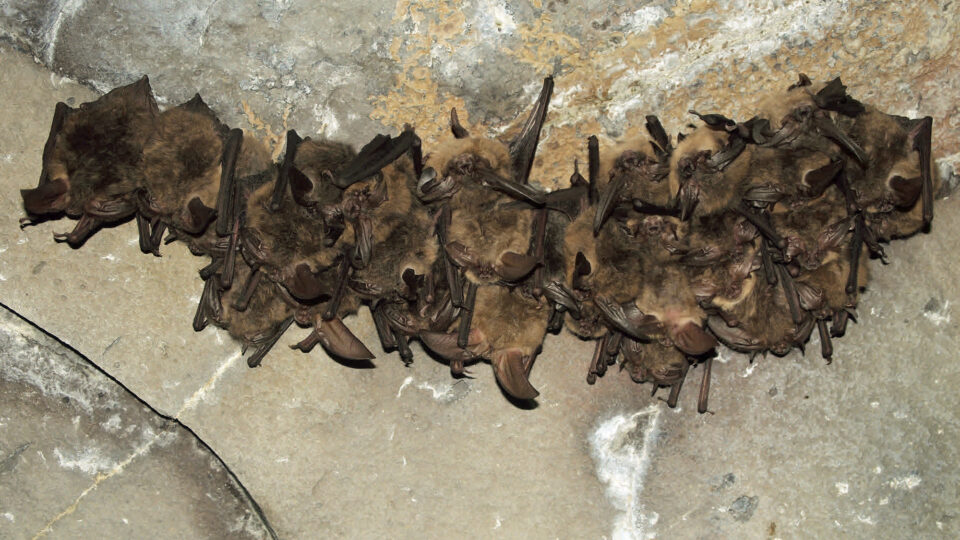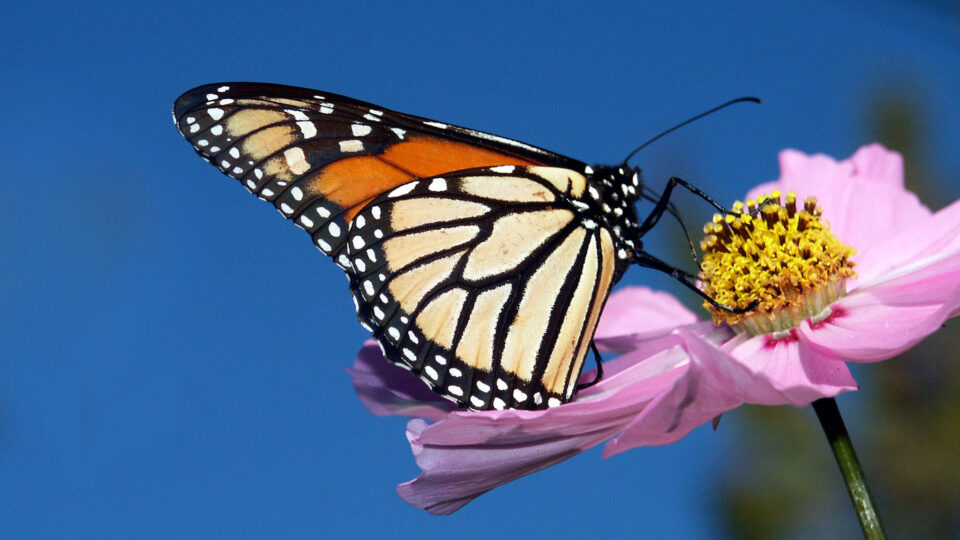As the planet continues to heat up, animals big and small are moving towards the poles to escape the heat. According to researchers, these animals are likely to come into contact with other animals that they normally wouldn’t, and are likely to relocate to regions with large human populations. These factors create opportunities for pathogens to get into new hosts, which dramatically increases the risk of a viral jump to humans. Climate change could lead to the next pandemic.
An international research team led by scientists at Georgetown University recently made this connection between climate change and viral transmission. In the study, which was recently published in the journal Nature, researchers conducted the first comprehensive assessment of how climate change will restructure the global mammalian virome. Their work focused on geographic range shifts.
As animals eccounter other animals for the first time, the study projects that they will share thousands of viruses. And as animals increasingly move into the same areas as humans, there will be greater opportunities for these viruses to jump to humans. The research team says that the impact on conservation and human health could be alarming as viruses jump between species at unprecedented rates.
In our warming world, much of this process may unfortunately already be underway. And efforts to reduce greenhouse gas emissions may not be enough to stop these events from unfolding.
According to the study, climate change will become the biggest upstream risk factor for disease emergence, eclipsing deforestation, industrial agriculture, and the wildlife trade. Pairing wildlife disease surveillance with real-time studies of environmental change may be part of the solution to predicting and preventing the next pandemic.
**********
Web Links
Climate change could spark the next pandemic, new study finds
Coronavirus and Climate Change
Photo, posted October 16, 2014, courtesy of Shawn Thomas / NPS via Flickr.
Earth Wise is a production of WAMC Northeast Public Radio.


